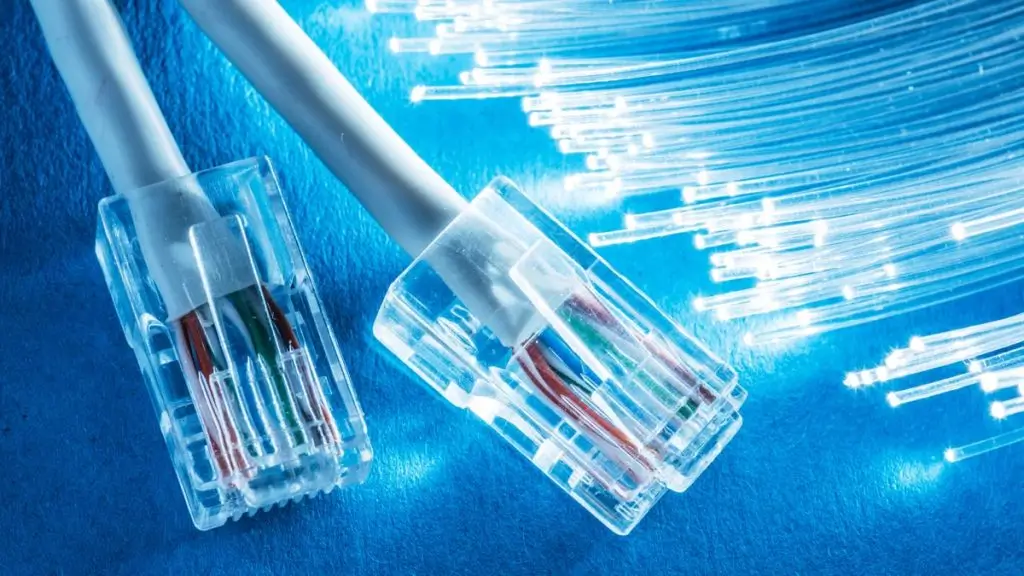5G Home vs Fiber Internet: Pros & Cons

Choosing between 5G home vs fiber broadband can feel like picking between two high-performance sports cars. Both promise fast speeds and low latency, but the way they deliver internet and how well they work in your specific area can be very different.
If you’ve already invested in a mesh network setup to extend coverage throughout your home, the type of internet connection feeding that network is just as important. Let’s break down the pros and cons of each so you can make the best choice.
Understanding 5G Home Internet
5G home internet uses the same technology powering the latest generation of mobile networks. Instead of relying on traditional wired connections, it delivers internet over cellular signals through a dedicated receiver in your home.
Pros of 5G Home:
- Quick Setup – No need for underground cables; you can often be online within hours of installation.
- Portability – Many providers allow you to take your 5G modem with you if you move.
- Good Speeds in Strong Coverage Areas – In ideal conditions, speeds can rival mid-tier fiber packages.
Cons of 5G Home:
- Coverage Variability – Performance heavily depends on proximity to 5G towers and network congestion.
- Interference Risks – Buildings, trees, and weather can affect signal strength.
- Lower Reliability in Some Regions – Rural and heavily obstructed areas may see inconsistent performance.
Understanding Fiber Internet
Fiber internet uses fiber-optic cables to transmit data at the speed of light. It’s widely considered the gold standard for home broadband.
Pros of Fiber:
- Ultra-Fast Speeds – Ideal for heavy streaming, gaming, and large file transfers.
- Low Latency – Consistently better ping times compared to wireless options, making it perfect for competitive gaming.
- Exceptional Reliability – Less affected by environmental factors compared to wireless.
Cons of Fiber:
- Limited Availability – Not all neighborhoods have fiber infrastructure.
- Longer Installation – May require digging or new cabling.
- Less Portable – Service is fixed to your home location.
Speed & Reliability Comparison
When it comes to speeds, both technologies can reach hundreds of Mbps, but fiber often offers symmetrical speeds meaning uploads are just as fast as downloads. For reliability, fiber generally comes out ahead because it’s less susceptible to signal fluctuations.
That said, 5G home can be an excellent alternative in areas where fiber isn’t available, especially if you have strong coverage from your local towers.
Which One Works Best with a Mesh Network?
If you’ve set up a mesh network in your large home, either option can feed it well provided the source connection is strong. Fiber’s consistent throughput is ideal for ensuring each node gets maximum speed. However, if you have strong 5G home coverage, your mesh system can still distribute a fast and stable signal throughout the house.
Choosing the Right Option
Here’s how to decide:
- Pick fiber if you prioritize reliability, symmetrical speeds, and low latency, especially for gaming or remote work.
- Pick 5G home if you need quick installation, portability, and competitive speeds without waiting for cable infrastructure.
Final Thoughts
When it comes to 5G home vs fiber, the better option depends on where you live and how you use your internet. For consistent, long-term performance, fiber often wins. But with expanding 5G home networks, more households are finding a wireless connection that meets or even exceeds their needs.
Whichever you choose, pairing it with the right home networking gear, like a properly configured mesh network setup, will make sure you get the most out of your service.
Ready to Compare Plans?
Find the internet plan that’s right for your home whether you’re leaning toward 5G home or fiber. Visit Get Home Utilities internet to see the best deals available in your area today
